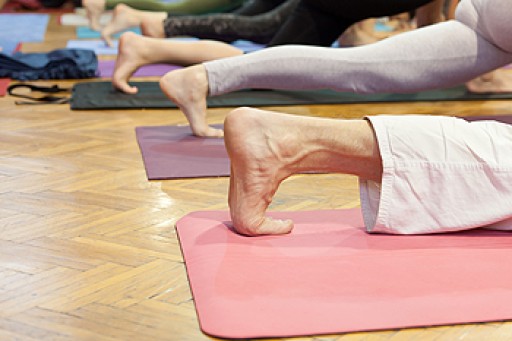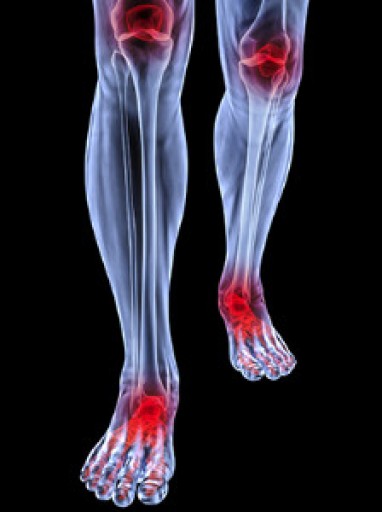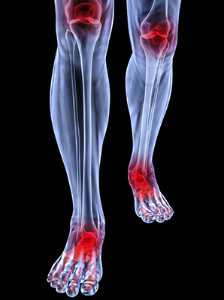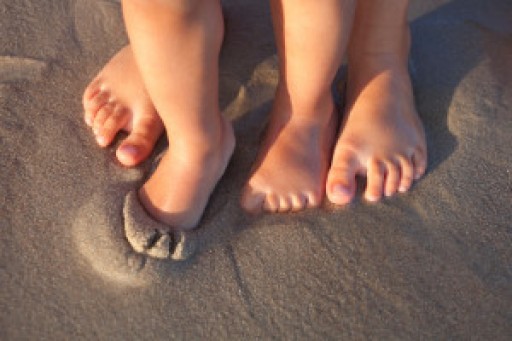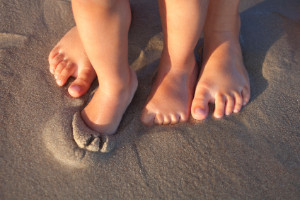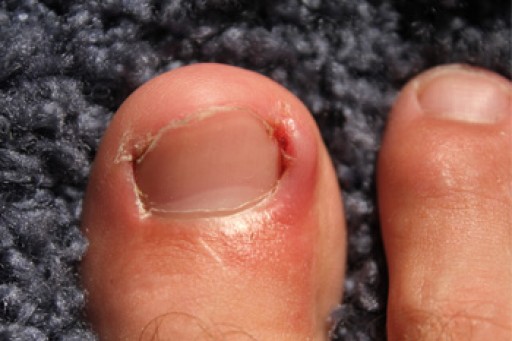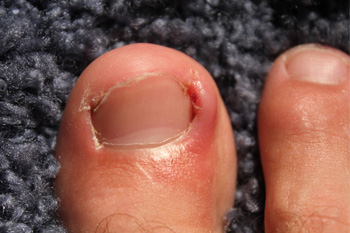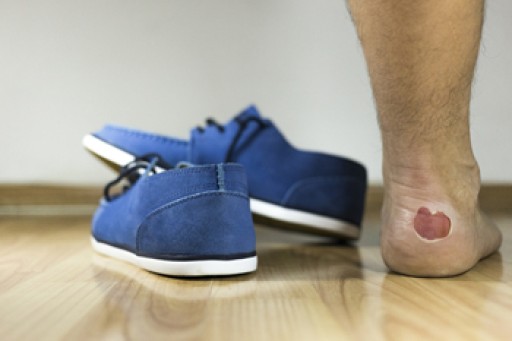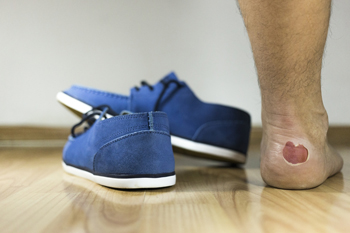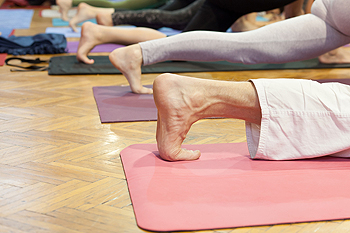 Research has shown the importance of stretching the ankles, feet, and toes if you frequently participate in sporting activities. The benefits of performing proper foot stretches may include added mobility and speed, in addition to possibly preventing injuries from occurring. Many athletes wear specific shoes that may aid in preventing foot and ankle injuries, and stretching may help to eliminate some of these conditions from developing. There are several conditions that may develop as a result of weak feet and ankles, and these may include sprains, fractures, shin splints or a ruptured Achilles tendon. All of these conditions are painful and uncomfortable and may be avoided when the proper stretching techniques are performed.
Research has shown the importance of stretching the ankles, feet, and toes if you frequently participate in sporting activities. The benefits of performing proper foot stretches may include added mobility and speed, in addition to possibly preventing injuries from occurring. Many athletes wear specific shoes that may aid in preventing foot and ankle injuries, and stretching may help to eliminate some of these conditions from developing. There are several conditions that may develop as a result of weak feet and ankles, and these may include sprains, fractures, shin splints or a ruptured Achilles tendon. All of these conditions are painful and uncomfortable and may be avoided when the proper stretching techniques are performed.
Exercising your feet regularly with the proper foot wear is a great way to prevent injuries and build strength. If you have any concerns about your feet, contact one of our podiatrists from Canonsburg Podiatry Associates. Our doctors can provide the care you need to keep you pain-free and on your feet.
Exercise for Your Feet
Exercise for your feet can help you gain strength, mobility and flexibility in your feet. They say that strengthening your feet can be just as rewarding as strengthening another part of the body. Your feet are very important, and we often forget about them in our daily tasks. But it is because of our feet that are we able to get going and do what we need to. For those of us fortunate enough to not have any foot problems, it is an important gesture to take care of them to ensure good health in the long run.
Some foot health exercises can include ankle pumps, tip-toeing, toe rises, lifting off the floor doing reps and sets, and flexing the toes. It is best to speak with Our doctors to determine an appropriate regimen for your needs. Everyone’s needs and bodies are different, and the activities required to maintain strength in the feet vary from individual to individual.
Once you get into a routine of doing regular exercise, you may notice a difference in your feet and how strong they may become.
If you have any questions please feel free to contact our office located in Canonsburg and McMurray, PA . We offer the newest diagnostic and treatment technologies for all your foot and ankle needs.
